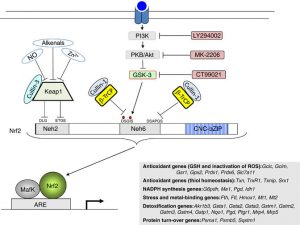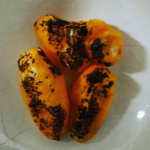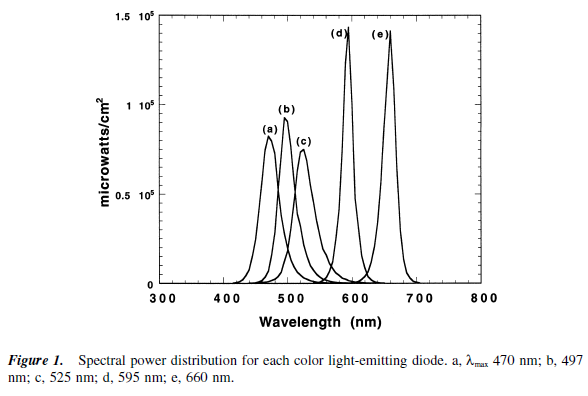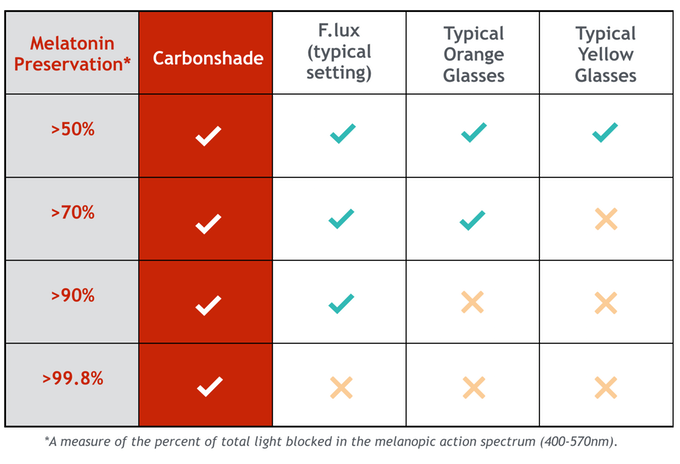“The goal is to maintain or improve brain function and physical performance. And not get cancer.”
Antioxidants
There isn’t a strong case to make for antioxidant supplements. They’ve been shown to do nothing more often than not, and even harm in a few cases when dose & #context were mismatched (eg, ATBC and CARET). This is part of what led to the conclusion that we want an appropriate “reactive oxidative species *tone*” or “antioxidant balance.” Or “landscape.” Or some other catchphrase of the week.
In line with this, animal models that genetically up- or down-regulate antioxidant pathways are predicted to show negative or no effects because they are, practically by definition, generating a mismatch.
In humans under normal conditions, I believe pro- and anti-oxidants are balanced by our own endogenous processes. If we ingest something that produces a bit too much ROS, they’ll be neutralized. If we ingest something that induces antioxidant processes, they’ll be used if necessary and degraded if not. In other words, as long as you’re not mega-dosing beta-carotene or smoking 2 packs a day, etc., then none of this should matter.
NRF2
Which brings me to NRF2. I like the concept of periodically inducing our own endogenous detox processes because it seems like they’ll either help or do nothing. Not harm. It’s like, stacking the deck in your favor.
Nrf2: ket target for the treatment of neurodegenerative diseases
If you ingest something that induces NRF2 and something needs detoxifying (for example, some manifestation of improper ROS tone or inflammation or something), then NRF2 will get it done. Otherwise, NRF2 goes away in about 20 minutes (Kobayashi et al., 2004).
Reminders: still looking for a pair of hot blue blockers? Carbonshade and Spectra479 are offering 15% off with the coupon code LAGAKOS. And Kettle & Fire is offering 20% off of their delish broths/stocks HERE.
If you like what I do and want to support the show, consider becoming a Patron!
Three bucks a month for access to all articles and there are many other options. And it’s ad-free.
If you’re on the fence considering it, try it out, you can cancel at any time! Also, there is a limited number of positions remaining at the $3 level.
Lastly, I’m open to suggestions; please feel free leave a comment or email me directly at drlagakos@gmail.com.



























